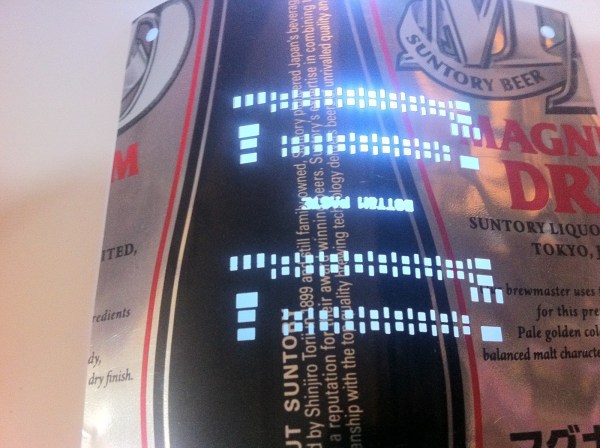
Even though the handmade portion of Hackaday is still in its infancy, we expected to put up a post on traditional japanese sword making by now. What [Kelvin] sent in to the tip line far surpases the artistry of forging a katana by hand. It’s a tsuba, the hand guard for a katana, and over the course of two videos (one and two), you can see this masterpiece of traditional metalworking techniques take shape.
Tsubas usually come in a matched set, one for the katana, or long sword, and another for the wakizashi, a slightly shorter sword. [Ford Hallam] was asked to construct the tsuba for a katana that had been lost to the sands of time. Fortunately, a black and white photograph of the original as well as the matching wakizashi tsuba were available for reference, making the design of this tsuba an exercise in replication.
The piece of metal this tsuba was constructed from is made out of a slightly modified traditional alloy of 75% copper and 25% silver. After the blank was cast, many, many hours of scraping, filing and hammering began before the design was laid out.
The craftsmanship in this tsuba is, quite simply, insane. There are about 100 different pieces of metal inlaid into the tsuba to emulate the tiger’s stripes, and hundreds of hours of work in hand carving every leaf and every bit of fur.
Even more, no power tools were used in the creation of this hand guard; everything was crafted using the same methods, tools, and materials as the original tsuba. A masterful piece of craftsmanship, indeed.
Continue reading “The Making Of A Katana Hand Guard” →
















